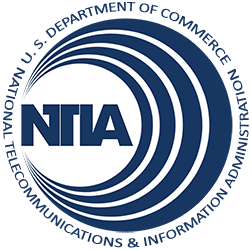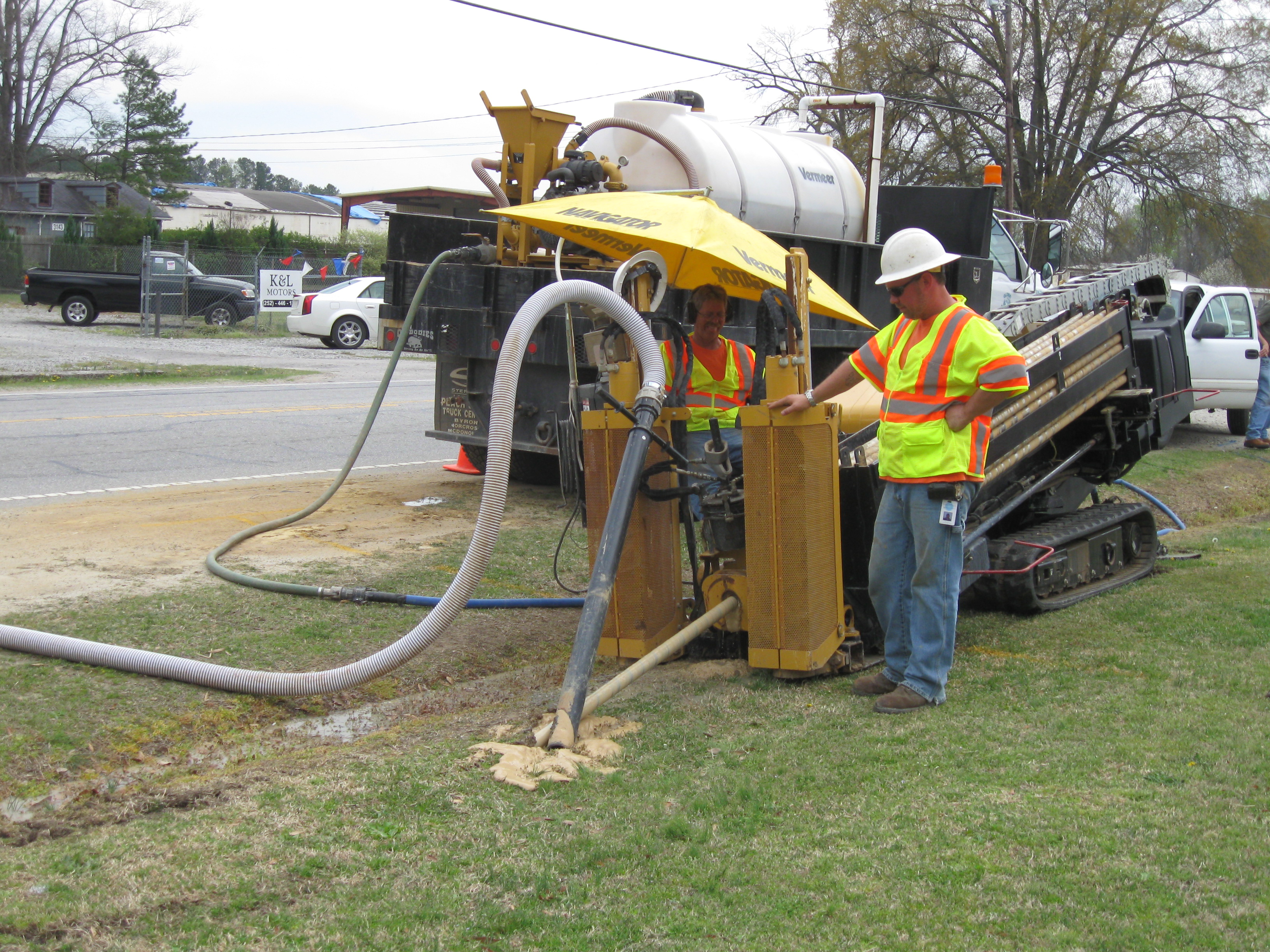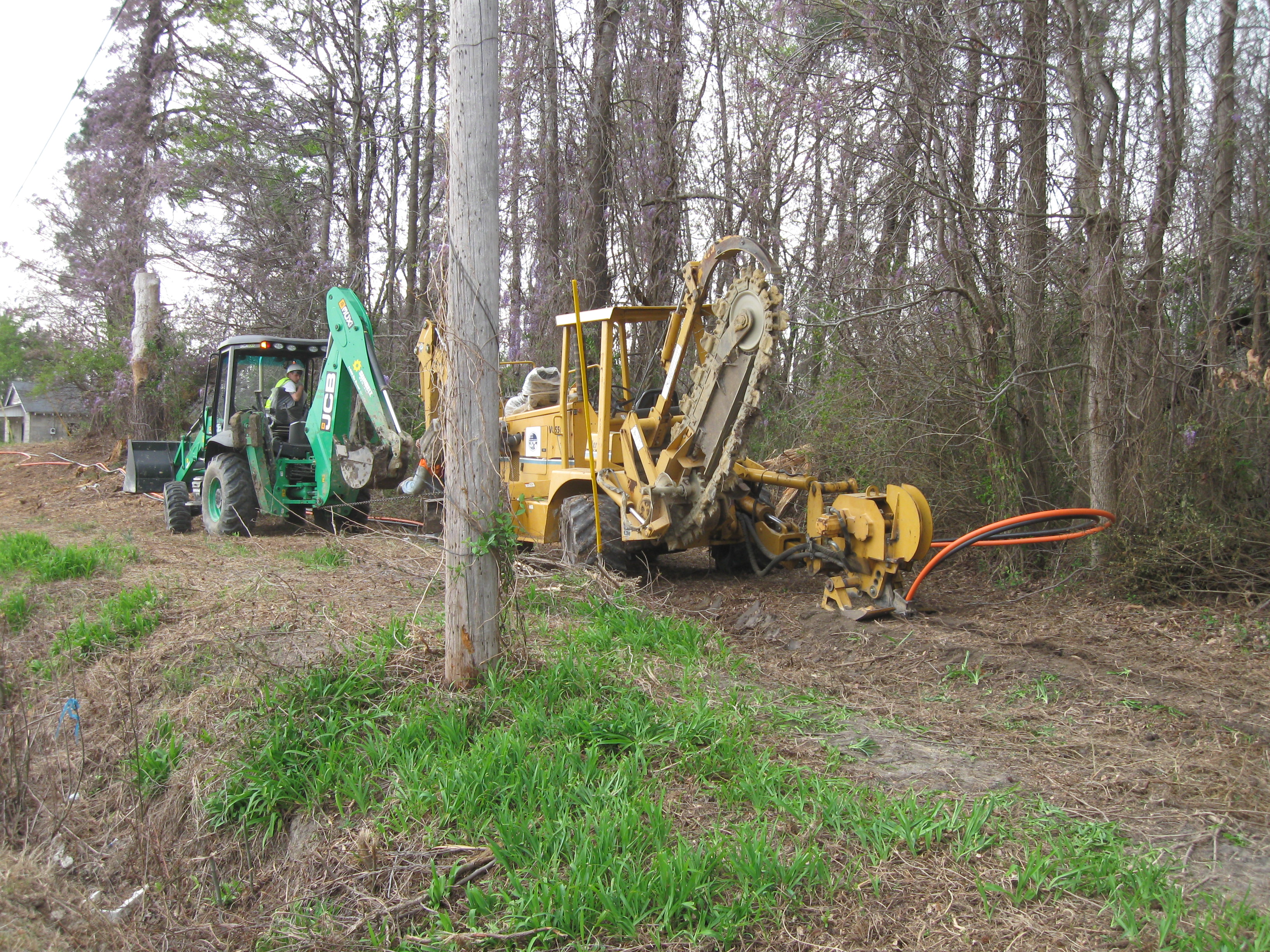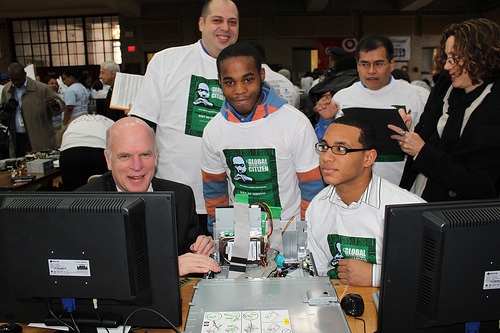D.C. Adult Learners Prepare for Success in the Digital Economy
Earlier this month, I saw firsthand the benefits of our sustainable broadband adoption projects when I attended a graduation ceremony in D.C. Byte Back, a BTOP grantee partner, held a ceremony for adults who completed computer and jobs-skills training courses. At the graduation I met students who showed me how these courses are enabling them to cross the digital divide and open doors to new opportunities.
One of the graduating students was a mother who had to seek out her teenage daughter’s help in order to pass the course. Another graduate was a senior who came to the program when her computer broke. She enjoyed the courses so much that she is now a volunteer with the program, helping to teach other seniors valuable computer skills that can help them stay informed and connected. Several others were already finding ways to put their new skills to work and had lined up job opportunities.
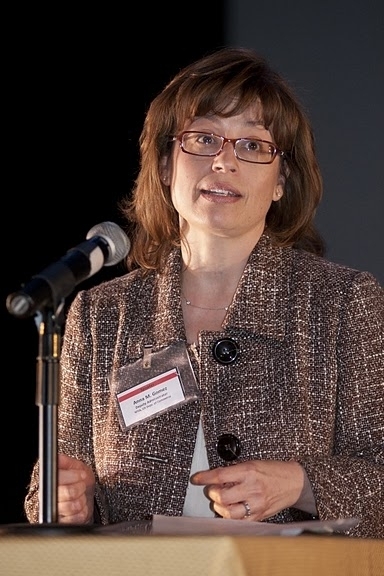
We know that computer skills are increasingly important for success in today’s digital economy, and investments in training are addressing a very real need: nearly 80 percent of that graduating class were unemployed when they began training, and forty percent of that class were living in temporary or transitory housing situations. Many of the students, already in difficult situations, had to venture out of their comfort zone to tackle the challenging coursework. But now, armed with new skills, there is more hope for these graduates. If they follow the trend of classes from the year before – according to Byte Back -- every $100 invested in training unemployed students who are seeking work will result in a $1082 increase in student earnings. Byte Back says half of the program’s unemployed job training graduates found employment last year.
